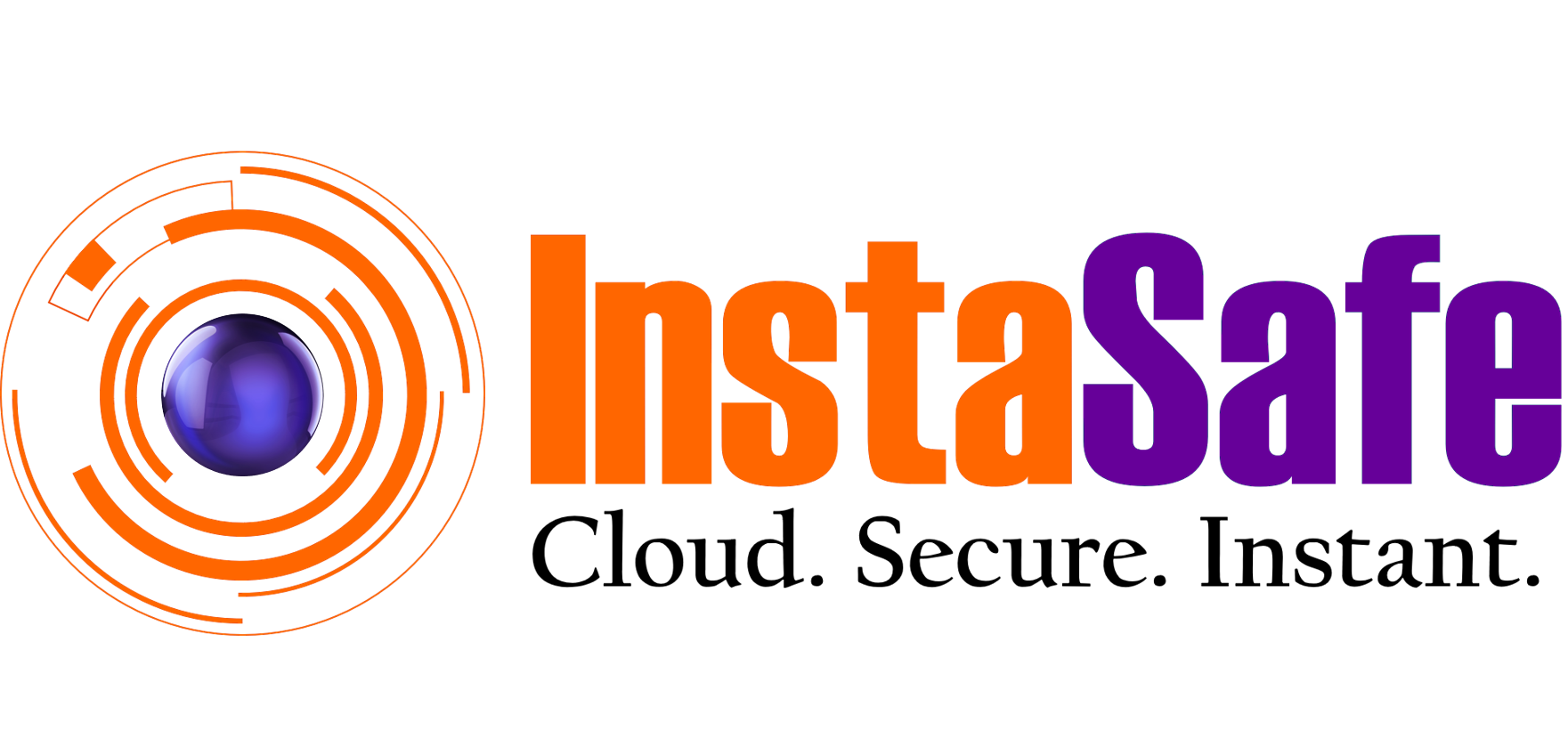Desktop and Application Virtualization

Desktop and Application Virtualization is an integral components of Virtual Desktop Infrastructure (VDI), emerge as key technologies revolutionizing the way businesses deliver computing resources to end-users. This article explores the fundamental concepts of Desktop and Application Virtualization, shedding light on their capabilities and the transformative impact they bring to VDI solutions.
What is Desktop and Application Virtualization?
Desktop Virtualization:
Desktop Virtualization involves creating a virtualized version of the traditional desktop environment. Instead of being tied to a physical device, users access their desktops from virtual instances hosted on servers. This approach centralizes desktop management, streamlines updates, and allows users to access their personalized desktop environment from any device.
Application Virtualization:
Application Virtualization takes a similar approach, isolating applications from the underlying operating system and encapsulating them into virtual containers. These containers, often referred to as "virtualized packages," can be delivered to users on-demand, providing a consistent and secure application experience regardless of the user's device or location.
Capabilities of Desktop and Application Virtualization in VDI:
1. Universal Access:
- Users can access their desktops and applications from any device with an internet connection.
- Facilitates remote and on-the-go work, fostering flexibility and productivity.
2. Centralized Management:
- Desktop and application management is centralized on servers, reducing administrative overhead.
- Simplifies updates, patches, and software deployments across the entire virtualized environment.
3. Resource Optimization:
- Efficiently utilizes computing resources by consolidating desktops and applications on server infrastructure.
- Enhances scalability and reduces hardware costs.
4. Security Enhancements:
- Desktop and application virtualization contribute to a more secure computing environment.
- Isolated virtual instances and virtualized applications minimize the risk of malware and unauthorized access.
5. Device Agnosticism:
- Users can access their virtual desktops and applications from various devices, including laptops, tablets, and smartphones.
- Promotes a device-agnostic approach, enhancing user experience and adaptability.
6. Streamlined Updates and Patches:
- Updates and patches can be applied centrally, ensuring consistency across all virtualized instances.
- Minimizes downtime and reduces the impact of updates on end-users.
Features of Desktop and Application Virtualization:
1. Seamless User Experience:
- Users experience a seamless and consistent interface, whether accessing their desktops or applications locally or remotely.
- Optimizes user satisfaction and adoption.
2. Load Balancing and Scalability:
- Distributes user connections and computing loads across multiple servers to optimize performance.
- Scales seamlessly to accommodate growing user bases and evolving workloads.
3. Mobility and Remote Work Enablement:
- Enables remote work by providing secure access to virtual desktops and applications from any location.
- Empowers a mobile workforce, fostering productivity and work-life balance.
4. Disaster Recovery and Business Continuity:
- Simplifies disaster recovery planning by centralizing data and applications.
- Ensures business continuity in the event of hardware failures or unforeseen disruptions.
5. User Personalization:
- Users can personalize their virtual desktop environments, ensuring a familiar and tailored experience.
- Preserves user preferences and settings across sessions.
Conclusion:
Desktop and Application Virtualization stand at the forefront of VDI solutions, reshaping the way organizations approach workspace delivery and management. The capabilities they bring, including universal access, centralized management, resource optimization, and enhanced security, are pivotal in fostering a more adaptable, efficient, and secure work environment. By embracing Desktop and Application Virtualization, businesses can embark on a transformative journey towards a future-proof and user-centric workspace.
